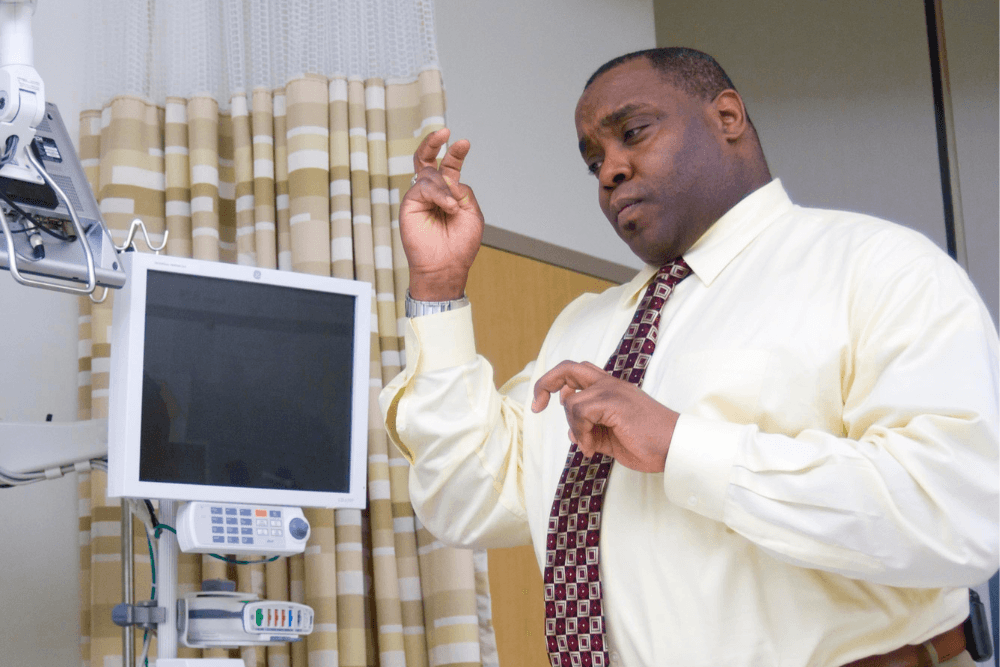This Week in Deaf News, from AI Ethics to Policy Battles

ASL news roundup. From a lawsuit demanding ASL at the White House to a fierce debate over AI’s role in sign language, the Deaf community is fighting for authentic representation and holding institutions accountable.
This Week in Deaf Community News

A Manitoba minister’s complaint about an ASL interpreter backfired spectacularly this week, sparking sweeping policy reforms and kicking off seven days of remarkable breakthroughs across the Deaf community.
ASL Tech Innovations Shaping 2025

2025 is bringing groundbreaking ASL technologies to life, from AI translation and live captioning to wearable fingerspelling tools. This mid-year review explores what is really working and what still needs a human touch to ensure true communication access.
ADA Compliance for ASL Interpreting Services

Organizations face fines up to $350,000 for failing to provide qualified ASL interpreters. Yet ADA compliance isn’t just about avoiding penalties. It’s about ensuring equitable access. Discover how professional interpreting services protect your organization while fostering genuine inclusion for the Deaf community.
Human Communication vs. The Neuralink “Cure”

The debate around a technological “cure” for deafness presumes it is a bug to be patched. This view misses that Deafness is a culture and that communication is a human art. Technology cannot replace the empathy, context, and nuance a human ASL interpreter provides.
Why a European Law Should Be on Every US Business’s Radar

The European Accessibility Act (EAA) will soon require many US businesses to enhance their digital accessibility for any EU customers. While this may seem like a compliance hurdle, it’s actually a major strategic opportunity. The EAA forces an investment in a global accessibility framework, which smart companies can then leverage.
Can AI create ASL

Veo 3 from Google is an amazing tool with advanced video generation capabilities, but can it be used to create accurate and culturally appropriate ASL videos? Let’s analyze how well it handles the complexities of American Sign Language, including handshape accuracy, facial expressions, fluency, and cultural relevance.
